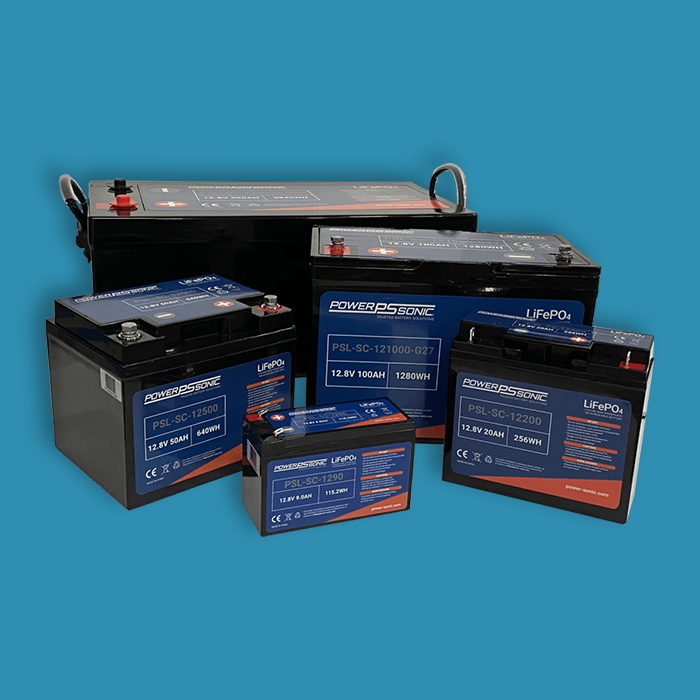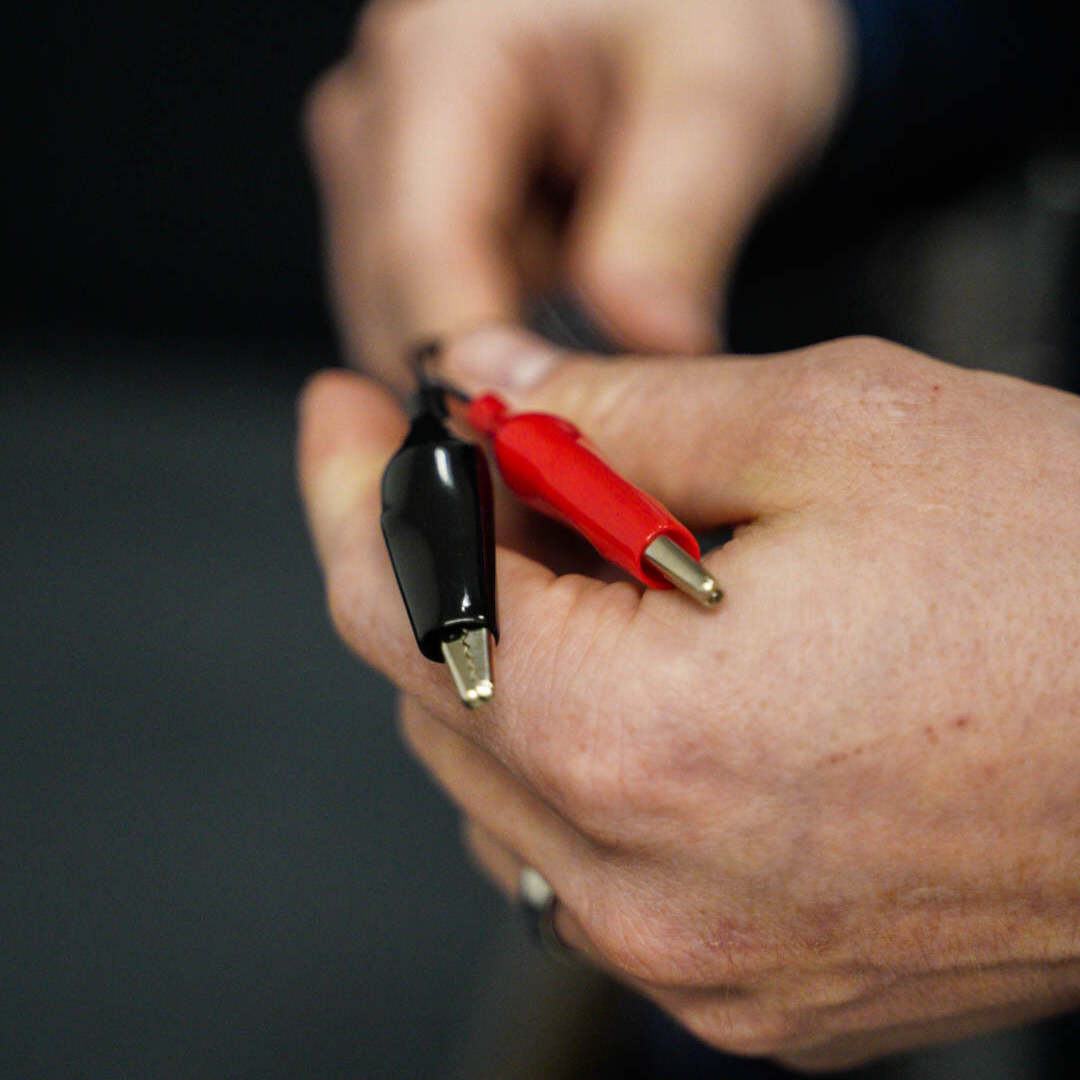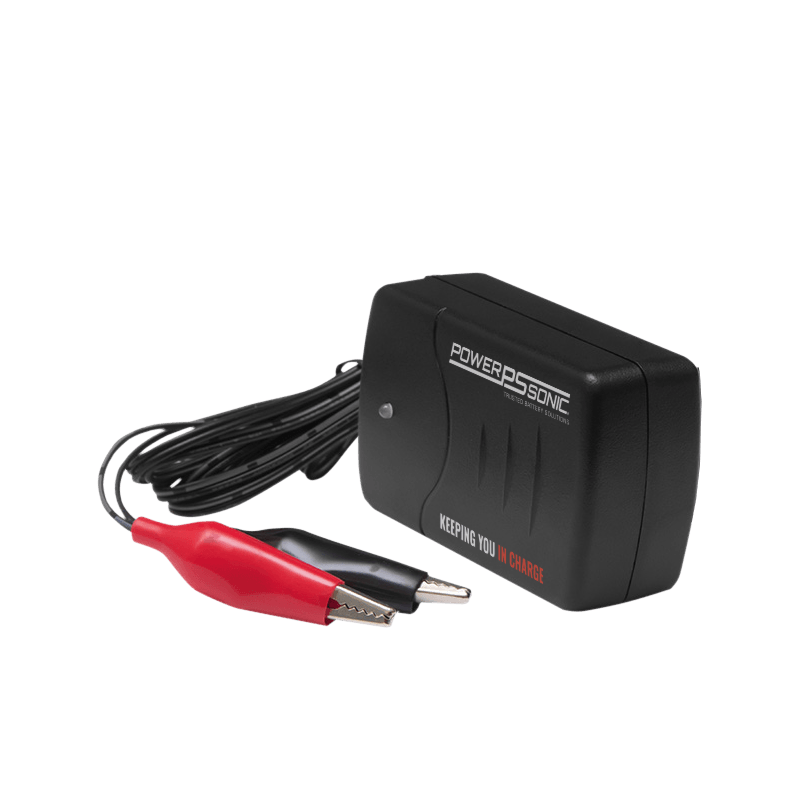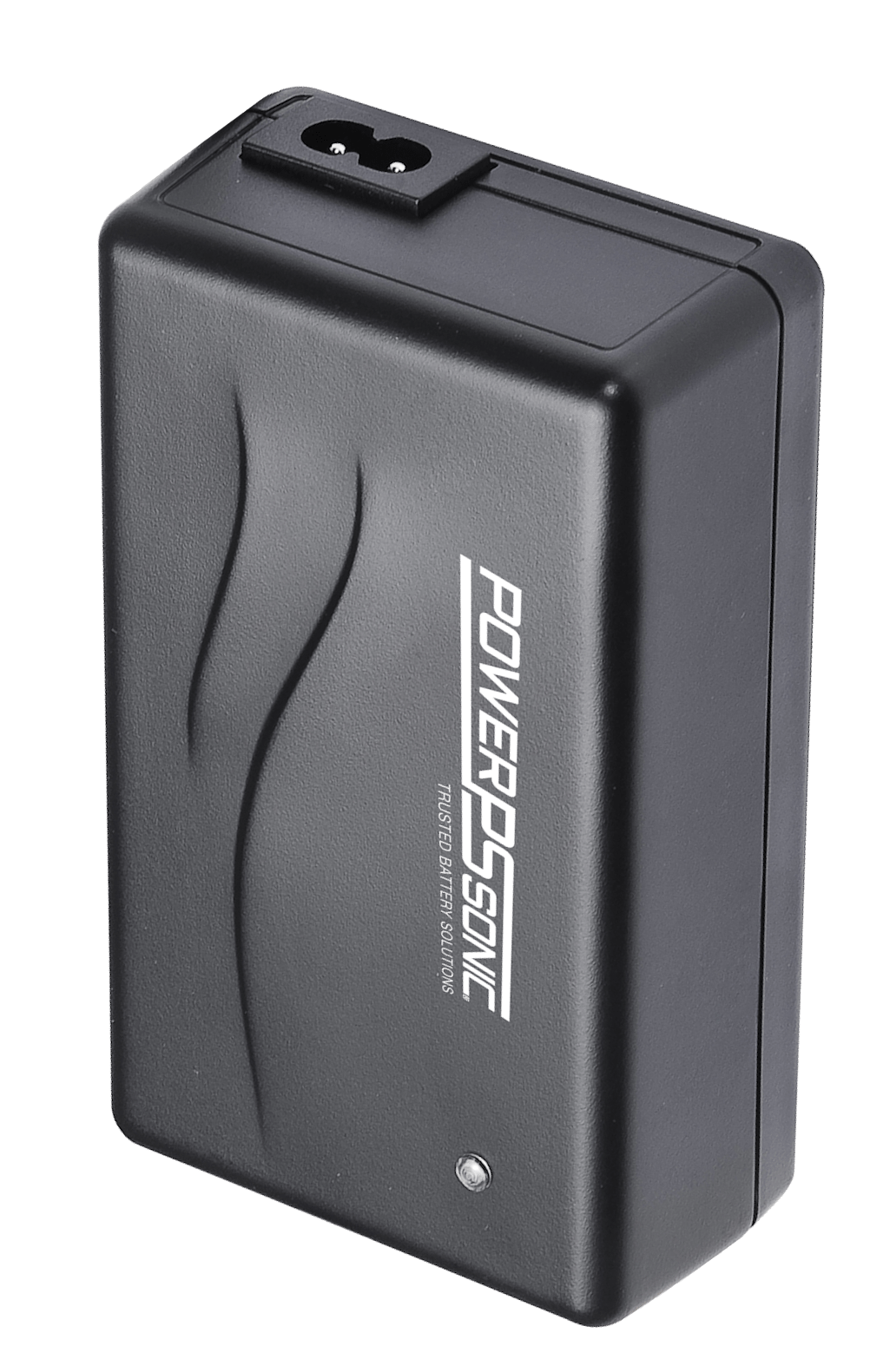Overview
As lithium batteries become increasingly popular, it is essential to understand the practical implications of different styles of installation. The choice between a series or parallel configuration depends on several factors, primarily dictated by the intended application.

Understanding the relationship between battery voltage, capacity, and specific applications is crucial for optimal performance. Higher power applications will require higher voltage as higher voltage more efficiently delivers power. For instance, small motor power tools, like screwdrivers and bush trimmers, typically operate around 18 volts, while larger tools such as lawnmowers require 40 or more volts. The required capacity is driven by the desired run time. Power tools typically require an hour of operation, needing less capacity than an RV that needs to be powered for several hours or even days. Additionally, the available space may dictate the use of smaller batteries installed as a string when a single large battery may not fit. Cost may influence whether a single large-capacity battery (high cost) or a string of smaller-capacity batteries installed over time to defer cost should be used. Exploring the practical considerations surrounding these choices is vital, as trade-offs must be carefully evaluated. The trade-offs will be discussed in detail below. We will dive into the context of how a single lithium battery works and how the batteries interact when installed in a string.
What protections do individual batteries have?
All Power-Sonic lithium batteries are internally monitored by a circuit board called a battery management system (BMS) to protect them from potential damage. The BMS safeguards the battery from temperature extremes, high and low voltage excursions, and high current discharges. When a protection is triggered, the BMS disconnects the cells from the battery terminals, resulting in zero or near-zero voltage across the terminals.

The protection is disabled when the potential source of battery damage is no longer present. This can be done passively, where protection will be lifted automatically (such as when a high-temperature protection is removed when the internal temperature drops below a threshold) or will be done actively by requiring an action from the user. An example of an active protection is low voltage protection requiring an external charge provided by the user to increase voltage above the protection limit to remove the protection.
What effect do protections have on series and parallel strings?
Each battery in a string will have protections that are independent of the other batteries in the string. When a single battery in a string goes into protection, it will disconnect itself from the string.
This will have two effects:
When in series, this will disrupt the charging or discharging process by interrupting the flow of current through the series string. The behavior of batteries in protection mode depends on whether the protection is passive or active. Passive protections are lifted when the condition causing the protection is resolved. However, active protections, such as low voltage protection, typically require individual charging of the affected battery with a charger matching the voltage of the individual battery. The charger matched to the voltage of the entire string will not lift protections. For example, a string of four 12-volt batteries in series will be charged and discharged as a 48-volt system. However, if one of the batteries goes into protection, it will behave as an open circuit and the 48-volt charger will not remove the voltage protection. In this case, a 12-volt charger will be required to wake the battery out of protection. You can then resume using the string as a 48-volt system.

Applications, where there is a potential for triggering low voltage protections on discharge, should be avoided with batteries installed in a series string. If a series string is required, it is important to have protections outside the string to prevent the possibility of low voltage protection being triggered for any battery in the string. For example, a low voltage cut-off programmed into a 48-volt golf cart power system will stop the golf cart before one of the batteries goes into protection, eliminating the need for a 12-volt charger to lift protections. This cut-off will stop the golf cart from drawing power from the batteries before the batteries stop providing power to the golf cart. The benefit is that you can conveniently recharge the battery with the 48-volt charger.

In parallel installations, charging or discharging is only disrupted when all batteries in the string are in protection mode. It does not matter whether the protection condition is passive or active in parallel. When a single battery in a parallel configuration enters protection mode, it disconnects from the parallel circuit, but it does not interrupt the overall charging or discharging process of the other batteries in the parallel string. The only exception is overcurrent protection. If overcurrent protection is triggered in one battery, it will increase the load on the other batteries in the string causing them to quickly trigger overcurrent protection. The load will need to be removed in order to release the protection of all the batteries in the string. For more information regarding protections and regulations, visit Battery Universities blog on “Why are Battery Protections Needed?”.

What performance implications do series and parallel have?
The performance of a battery system, whether it consists of a single battery or a string, is influenced by startup and installation. Optimal performance is achieved when all batteries, regardless of configuration, are fully charged before installation. Failure to do so can result in reduced run time in cyclic applications or failure to start an engine. Additionally, batteries must be wired properly. Uneven loading can cause batteries to age at different rates which may result in the premature death of one of the batteries in the string; how to properly wire stings can be found (https://www.power-sonic.com/blog/how-to-connect-batteries-in-series-and-parallel/) in our series and parallel blog.

The impact of battery strings that are not fully charged upon installation is affected by the different charge levels of the batteries. Batteries installed in parallel tend to balance each other during charging or discharging. Therefore, the primary impact will be reduced performance based on the initial state of charge.
To illustrate the influence of state of charge on performance, consider the following example: Imagine a battery string consisting of two batteries, one fully charged at 100% state of charge (SOC) and the other at 50% SOC. Initially, this configuration will provide a runtime of 75% of the total capacity. However, after completing several cycles, the parallel string’s capacity will be fully restored to 100%.

Different charge levels of batteries in series should be avoided because the low battery will go into low voltage protection preventing the use of the entire capacity of the series string. During charge, the higher battery will go into overvoltage protection preventing a full recharge. Series strings must be balanced prior to installation because they will not self-balance like a parallel string will. (See our guide on charging: “How to Charge LiFePO4 batteries”)
How do cycles affect the performance of a series or parallel string?
Over time all batteries experience a reduction in their cyclic performance until eventually, their capacity becomes too low to deliver acceptable performance. In the case of a single battery installation, when the battery fails to meet performance requirements, it needs to be replaced entirely. However, when batteries are installed in a string, they may fail at different times. If a battery fails prematurely due to a defect or damage, it can be safely replaced with minimal impact on the overall string performance. However, if a battery fails due to aging, which typically occurs after several thousand cycles for lithium batteries, replacing a single battery will not restore the string to its original performance.

The performance of the battery string will be dictated by the age and capacity of the other batteries in the string – a string will only be as strong as its weakest battery. Therefore, careful monitoring and maintenance of battery health are crucial for maintaining optimal performance of a string of batteries in cyclic applications. To learn more about Lithium-ion aging and find specific measures for maintaining battery health, visit Battery Universities’ article, “How to Prolong Lithium-based batteries”.
In summary, understanding the practical implications of series and parallel installations of lithium batteries is essential for optimizing their performance and ensuring long-term reliability. The choice between series and parallel configurations depends on the specific application, voltage requirements, desired capacity, available space, and cost considerations. The protection mechanisms of individual batteries within a string play a significant role in the overall behavior of the installation. Optimal performance is achieved when all batteries are fully charged before installation and monitoring and maintaining the health of batteries in cyclic applications is crucial. By carefully considering these practical implications, you can maximize the performance, longevity, and reliability of your lithium battery installations, and enhance the overall experience.



















